VIDEO PREMIERE & WEB-EXCLUSIVE INTERVIEW
Musicians: THE FAB FAUX
Video: LADY MADONNA
Performance at SiriusXM Studios with The Hogshead Horns & The Crème Tangerine Strings
Songwriters: Paul McCartney (Lennon-McCartney)
THE FAB FAUX PERFORM THE BEATLES’ WHITE ALBUM IN ITS ENTIRETY
The Fab Faux (Will Lee, Rich Pagano, Jimmy Vivino, Frank Agnello and Jack Petruzzelli) bring the Beatles’ records to the stage, note-for-note.
Introducing … The Fab Faux, five of the hardest working musicians in New York City who bring the Beatles’ records to the stage—note-for-note. Anyone who has seen and experienced their stellar performance wouldn’t dare call them a cover band. For live music fans, audiophile fanatics, music history students and everyday music consumers, The Fab Faux is on our Top 10 List of Must-See Live Events.
The Fab Faux tackle the Beatles’ most demanding material live onstage in a way that has to be experienced to be believed. The legendary rock critic Dave Marsh declared “All rock bands want to be like the Beatles; these guys have the nerve to bethe Beatles.”
For those of us who never got to see the Beatlesin concert, we’re fortunate to have the Fab Fauxdedicate themselves to faithfully recreating some of the most extraordinary music ever written. When we went to see the Fab Faux at the Wiltern Theatre in Los Angeles last year, we didn’t know what to expect. We were ambivalent about watching a band play Beatles music. Little did we realize the heightened level of professional musicianship. We were in awe of the incredible expertise on stage, and the amazing production. It was the best show we’ve seen in decades.
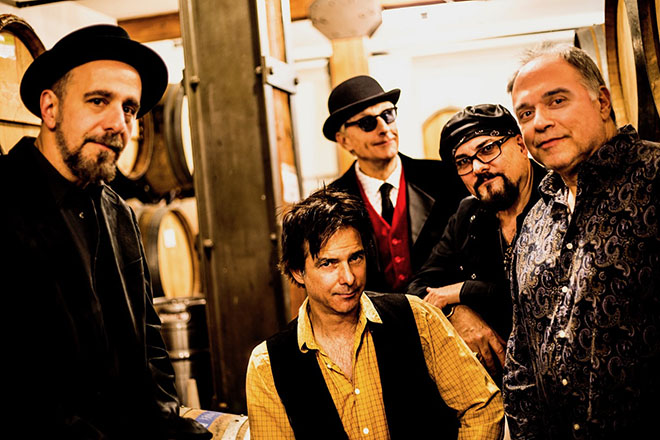
With the Fab Faux’s commitment to accurate reproduction of the Beatles’ repertoire, these incomparable musicians (featuring legendary bassist Will Lee and multi-instrumentalist Jimmy Vivino from late night talk show Conan) treat the seminal music with unwavering respect, and are known for their painstaking recreations of the songs—with an emphasis on the later works never performed live by the Beatles.
Even though they cover the music of the Beatles, this is not a cover band. They play the music of the Beatles so impeccably that one must experience it to believe it. Imagine hearing complex material like “Strawberry Fields Forever” or “I Am the Walrus” performed in complete part-perfect renditions; or such harmony-driven songs as “Because,” “Nowhere Man,” and “Paperback Writer,” reproduced not only note-for-note, but with extra vocalists to achieve a double-tracked effect.
Meet the Fab Faux! In our series, we will spotlight each of the musicians in the Fab Faux, and also some of the other musicians who perform with them. We’ll take a look at each of their careers, their dedication to songwriting and musicianship, and the years of expertise that go into producing this unbelievably spectacular world-class event. Our series will be featured between now and November 3, 2018 when they perform at the Beacon Theatre in New York City for the George Harrison 75thBirthday Celebration.
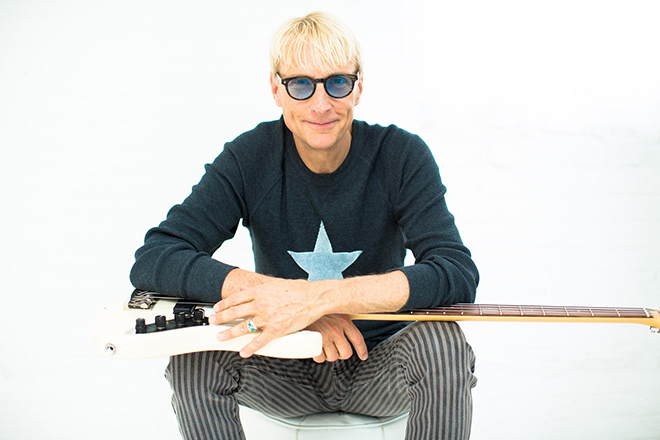
Will Lee – Photo credit Sandrine Lee
This first spotlight features Will Lee, who in 1982, became one of the original members of The World’s Most Dangerous Band, the house band on NBC’s Late Night with David Letterman. He holds the distinction of playing with Paul Shaffer, on both Late Night and the Late Show, longer than any other member of the CBS Orchestra.
Will Lee’s 2013 album, Love, Gratitude and Other Distractions, is on our Top 500 Albums of All Time. It is thatgood. With unwavering energy, discerning songwriting sensibility and heightened insight, Lee navigates the musical landscape while embracing melodies, harmonies and a wide variety of music genres. It is a pleasure to listen to this collection of emotions, grooves, rhythms and songs featuring a treasure trove of talented artists, including Peter Erskine, Steve Lukather, Bob James, Billy Gibbons, Leni Stern, Allen Toussaint, Hugh McCracken, Larry Hoppen, Chuck Loeb, Steve Gadd, Akiko Yano, CJ Vanston, David Garfield, Oz Noy, Paul Shaffer, Larry Campbell, Kenny White, Mitch Forman, Yacouba Sissoko, Tabitha Fair, Mark Hudson and so many more. And if you are lucky enough to get a CD with booklet, you’ll be able to enjoy the photographic genius of Sandrine Lee.
Will Lee’s passion for music is immediately evident when you watch him perform on stage. When we asked him about his noticeable enthusiasm, he said, “I always feel like if I’m playing music, this is theplace to be.” After The Fab Faux performed Sgt. Pepper’s Lonely Hearts Club Bandin its entirety, we spoke with Will Lee about his songwriting, expansive career in music, love for groove and rhythm, adventuresome spirit for exploring music genres, honoring music history and his commitment to music excellence.
If you’re in Los Angeles, CA this weekend, catch The Fab Faux at The Wiltern this Saturday, September 29, 2018 at 8 PM as they perform The White Albumin its entirety—featuring the Hogshead Horns, the Crème Tangerine Strings and Jim Boggia. You need to see this amazing live performance event to believe and embrace its ingenuity.
THE FAB FAUX’S WILL LEE Web-Exclusive Interview
with M Music & Musicians magazine publisher, Merlin David
It’s been over 20 years since you co-founded The Fab Faux. Why did you launch it?
Back in late 1997 I met Rich Pagano on the road with guitarist Hiram Bullock. I heard something in his drumming that was very Ringo-like and something in his singing that was Lennon-esque. I thought of how much fun it might be to bring the Beatles records to the stage, note-for-note—with him and some other like-minded musicians.
What is it about The Fab Faux that is so unique?
Besides being giant Beatles music fans, we are all passionate performers, studio musicians, band leaders and producers in our own right. We each have a unique take on dissecting parts and elements that make music come alive. I learned so much in my years with Paul Shaffer—about how to do this. After all, The Letterman Show’s house band was probably the most visible and longest-running cover band in history.
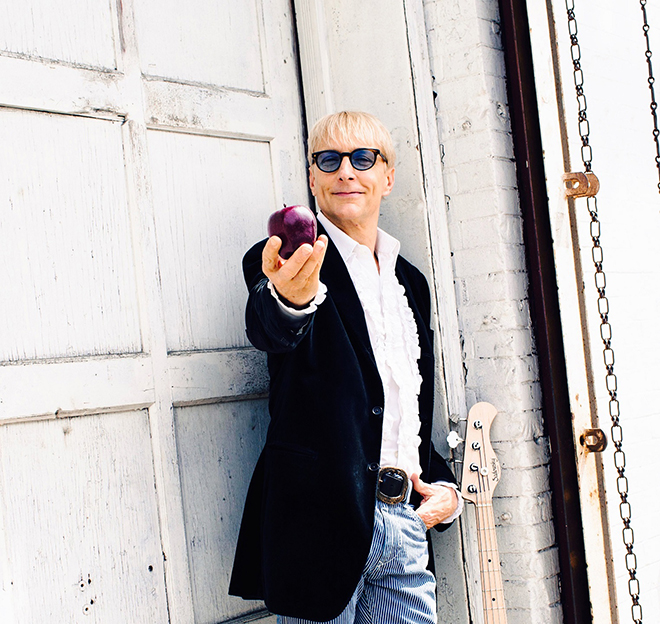
Will Lee – Photo credit Sandrine Lee
Why does Sgt. Pepper’s Lonely Hearts Club Bandstill resonate strong—after 50 years?
There are so many reasons. Primarily it’s the songs first. Plus the unique sound of the album—the recording techniques first used by the Beatles and engineer Geoff Emerick changed the course of pop music forever—so much so that we’ve taken it for granted this many years later.
Is there a Beatles song that truly moves you?
Oh lordy—there are too many, and it changes from day to day. I’ll just say that “She’s Leaving Home” is a song that is so moving. I choke up almost every time we perform that one.
What is the biggest challenge of performing these songs live?
We do something the Beatles themselves never had to worry about. They weren’t bringing the records to the stage. They were just being the Beatles. We try to find out not only what are the exact parts to play and sing, but we also love to use the correct instruments for each song. Doing so requires a lot of teamwork from our crew, who are handing off/plugging in new instruments on each song. That takes a lot of good note-taking, coordinated choreography, focus and energy. I can’t say enough about the good, hard work our crew puts into making these shows happen. Our front-of-house engineer Joe Chinnici, quite the Beatle music aficionado, is also very responsible for making the balance between all our voices and instruments blend properly—so that the music sounds present and “Beatle-y” for the audience.
Sgt. Pepper’salbum is 39 minutes, 43 seconds. How do you choose other songs to perform and still stay within that Pepper’sframe?
Sgt. Pepper was the main event of that evening, but the audience gets their fill of rockers and other surprises throughout the course of the evening. The Sgt. Pepper project began with “Penny Lane” and “Strawberry Fields Forever,” but those had to be released in a timely fashion before the album was ready—due to record company obligations. So we feel those are an important part of a true Sgt. Pepper’sevening.
Magical Mystery Tour Beacon Theatre
You’ve had the incredible honor of playing with all four Beatles. How did each happen?
I am so lucky to be a New York City musician, which gives me the chance to be in and near the business that I love most. As a studio musician, I was booked to play on Ringo Starr’s 1976 Rotogravure—which contained a song by John Lennon “Cookin’ (In the Kitchen of Love)”—on which John played keys. I have also jammed with Ringo and George when the Beatles were inducted into the Rock and Roll Hall of Fame. In 1992 George did a concert at Royal Albert Hall, his last one, which he invited me to come do with him. Paul McCartney needed someone to play bass for him at his Concert for NYC after 9/11—so I gladly accepted the invite.
How did your parents influence your love of music?
There was music constantly playing in the house. Both parents were excellent jazz musicians. Dad played bebop piano, and Mom was a jazz singer, à laSarah Vaughan. From them, I learned groove, which is at the core of all the music I love most. They were very supportive of me playing music. That kind of encouragement can go a long way.
You started out playing drums. Why did you switch to bass?
I played it by default. Kids our age, 12, were either playing drums or guitar, and the role of bass wasn’t as apparent. It was still a young instrument at that time. I volunteered to switch to bass and get a new player to be our drummer. I never looked back. I can be seen playing Sadowsky Will Lee Signature 4- and 5-string basses on TV, in the studio and live.
Was there a specific moment when you realized you were meant to be a musician?
No. I just kept doing what I was doing. I never had a “crossroads” moment.
Did you play on a Robert Flack & Donny Hathaway album in the early 70s?
My idol Chuck Rainey played on the first Roberta and Donny album. I worked on the one after that, and by then—I was a fairly successful, working stiff in the studio world. I had played on hits by Barry Manilow: “Mandy,” “Can’t Smile Without You,” etc.—and other high-profile stuff. Every time I sit down to play, it is a unique situation—a new piece of music, different players, new instrument—geared for that particular song.
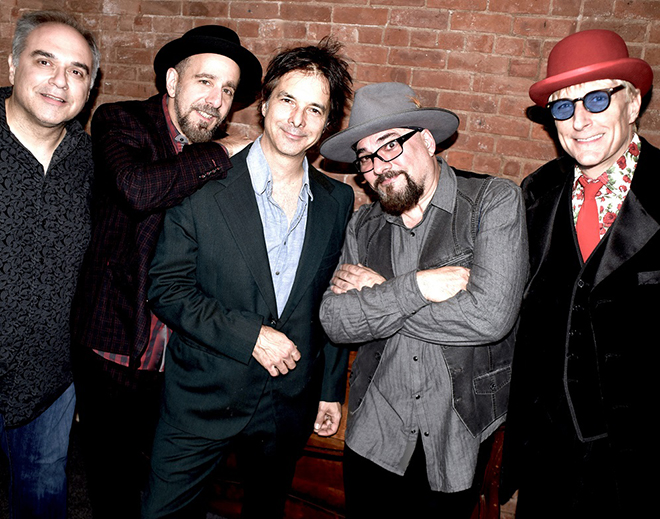
You did a lot of jingle work.
As a bassist, I loved the early jingle years—working with great arrangers like Dick Behrke, Al Gorgoni, William Eaton, Walter Raim, Artie Schroeck, Charlie Calello and Bob Mann. As a singer, there were many fun moments singing in groups—basically because most singers were fun to work with.
Is there a jingle that still evokes a fun memory?
They were looking for a singer to be the voice of Teddy Grahams [the bear-shaped graham cracker snacks]. The audition process consisted mainly of coming in and singing Elvis Presley’s “Teddy Bear.” I did my best version of Elvis, which I think appealed to the client, because it turned out they didn’t want a great Elvis—they wanted a great bear. (Laughs) It was probably one of the worst Elvis impersonations, so I got the job and was the voice of Teddy Grahams—for a very long time.
What characteristic of yours helped you become such a successful studio musician?
I have no idea. But I do know that I love music so much that it’s possible that when I’m playing, I’m the one in the room that is usually having the best time. Maybe that’s part of it. I always feel like if I’m playing music, this is theplace to be. Is that enough “I” for you? (Laughs)
How did the University of Miami and a formal music education inform your music?
At the U of M, I was asked to be in the jazz band—first the “B” band, then the “A” band. That gave me the opportunity to really get into reading music while playing bass—an invaluable skill for a studio musician. And I had already been reading music for years as a trumpet and French horn player.

The Wiltern poster
Do you enjoy writing songs?
I’m a far cry from being a great songwriter. (Laughs) It takes a lot of discipline and focus—two of my weakest qualities. (Laughs) And, I self-edit too much. I think too much. I think being brutally honest is the best way to write, but I have no idea. Maybe being the best BS-er in the room would make you the best songwriter. (Laughs)
Who inspired you to write songs?
I think most great songs have a strong basis in truth. John Lennon, who possibly wrote some of the most heartfelt songs, said “Tell the truth and make it rhyme.” But he could also BS with the best of them. (Laughs) I really admire McCartney, Lennon, Harrison, Bacharach, Bernstein, Rodgers & Hammerstein (and Hart), Barry Mann and Cynthia Weil, Paul Williams and Harold Arlen.
Tell us about your creative process.
I get an idea and sing it into whatever recording device I can—and begin the process of trying to make it sound like what I heard in my head. Sometimes I hear my idea a few weeks later, the one I thought was brilliant and had some meaning—and I go “what was I thinking?” It’s lucky when you can stay with it and nourish it to completion. It’s the very meaning of “you make your own luck.” It’s not luck at all—it’s hard work.
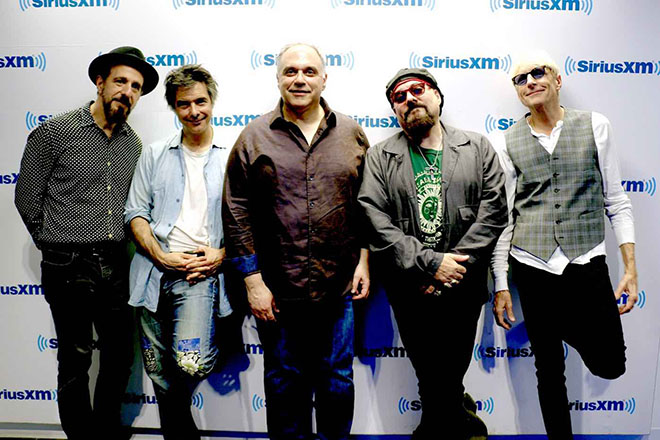
Tell us one experience where something unique inspired you to write a song.
It’s best just being alone with yourself, kind of like a form of meditation—with no distractions. It’s all right there—inside of you, if you just listen. I wrote a song called “I Know Too Much (About Sadness).” That song came about that way. And though it was 25 years ago, I still like it—and believe it.
What songwriting tip would you like to offer?
Keep a pen and paper by your bedside. Now, if I could only take my own advice. (Laughs) John Lennon said, “Tell the truth and make it rhyme.” How’s that for a tip?
What new tools do you rely on?
TheCapo Touch iPhone app is a godsend for slowing down and repeating phrases you want to learn. Of course, having Voice Memos on the iPhone is priceless for remembering your ideas. And Notes app is the best for lyric ideas.
Is there anything special you do to take care of your voice?
Yes, I have a voice coach, Greg Drew, who is invaluable for taking care of special problems I may have at any given time. But, the most valuable thing I do on a daily basis is do vocal exercises in the shower—every day—whether I’m on vacation or have a gig coming up. I nevermiss a day. Greg has drilled into my head how important it is to warm up before shows and warm down after. He also said “If you’re in good vocal health, you can still sing if you’re sick.” It’s true.
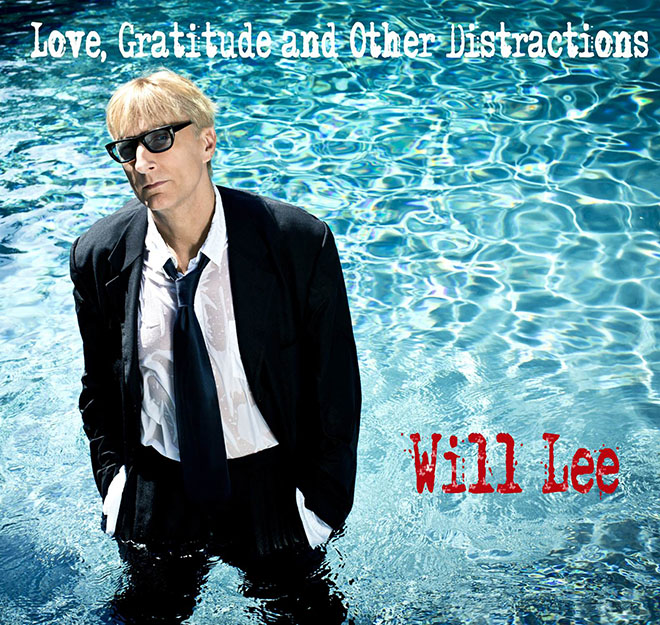 Do you remember the first time you heard one of the songs you played on—on the radio?
Do you remember the first time you heard one of the songs you played on—on the radio?
I believe it was Barry Manilow’s “It’s A Miracle.” Full disclosure? (Laughs) I called my family to brag over the phone.
Top 5 Musicians who inspired you to become a musician?
All four Beatles—Paul McCartney, John Lennon, George Harrison, Ringo Starr—and my Dad (William Franklin Lee III).
Top 5 favorite albums of all time?
Meet the Beatles! (1964) – The Beatles
Sgt. Pepper’s Lonely Hearts Club Band(1967) – The Beatles
Dreams(1970) – Dreams
Music of My Mind(1972) – Stevie Wonder
Heavy Weather(1977) – Weather Report
Tell us a “pinch me” moment—when you thought, “Wow, this is really happening to me!”
I remember playing at Live Aid with Madonna, Nile Rodgers and Thompson Twins—realizing there were a billion people watching, and because of the lack of intimacy, how less nervous I was than playing in a tiny club, where ten people are close enough to look up at your nose hairs.

Will Lee – Photo Credit Sandrine Lee
What one thing did you learn from the many years with The World’s Most Dangerous Band, Paul Shaffer and David Letterman?
Something I already knew: a steady job for a musician is not a thing you take for granted. I was excited when, at the very beginning of the show’s existence, we had 13 weeks of solid work ahead of us. (Laughs) Of course, that eventually got extended to 33-1/3 years.
What PRO (Performing Rights Organization) are you with?
I’m with BMI—and they docollect writing money for me.
One thing you learned after recording Love, Gratitude and Other Distractions?
I learned that my musical taste is quite varied and that each song is allowed to be a little journey of its own.
What did you learn from writing and working with the incomparable Horace Silver?
Horace was the bridge between what we call “jazz” and what we call “funk.” He had his own thing. I learned how economical he was as a player. He could really spell out a chord with very few notes—though he could have filled up a lot more space with ten fingers. Check out his comping on “The Natives are Restless” from his Song for My Fatheralbum, especially while other players are soloing. Horace was a great cat, was never a drug or alcohol abuser—a real straight shooter. I wish I had let that sink in earlier in my life.
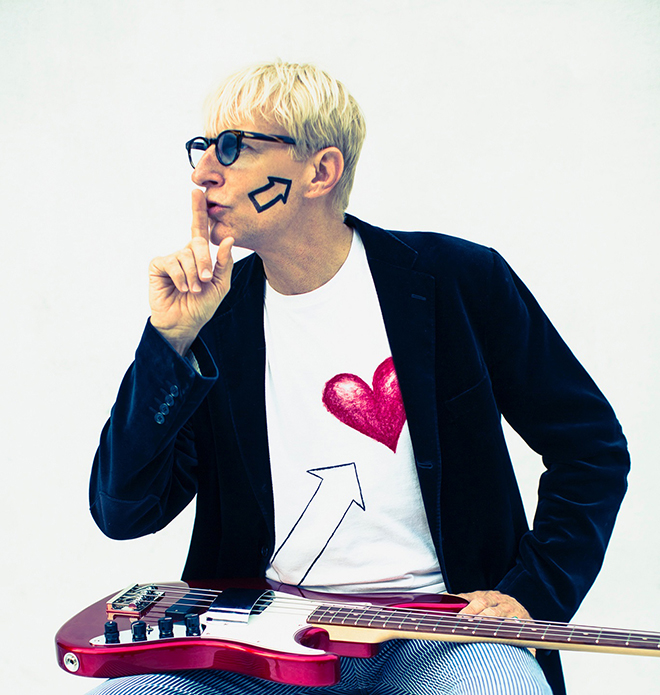
Will Lee – Photo Credit Sandrine Lee
Best advice someone has given you—that still helps you today?
Listen first—play later. You can get a lot out of letting the music breathe and the best way is to understand something about the song before you just start playing it. Know it a little bit and then start to navigate your way through it. This is specifically for ensemble playing or when you’re looking for what your part should be in the studio.
Best advice you’d like to give upcoming musicians.
Do music only if you love it. Be dedicated. Work hard at it, if you’re sure it’s for you. Stay healthy and focused. Practice occasionally, and listen often. Don’t assume you’ll get rich doing music. In the words of Hiram Bullock, “If you want to make money—be a banker.”
What’s next?
Hopefully, I’ll keep finding myself in a continued variety of musical scenarios. In addition to doing sessions, live shows, Fab Faux, jazz things, etc., I’ve been called on to be musical director for a bunch of things lately—and I love the challenge of putting all the pieces together with other artists.
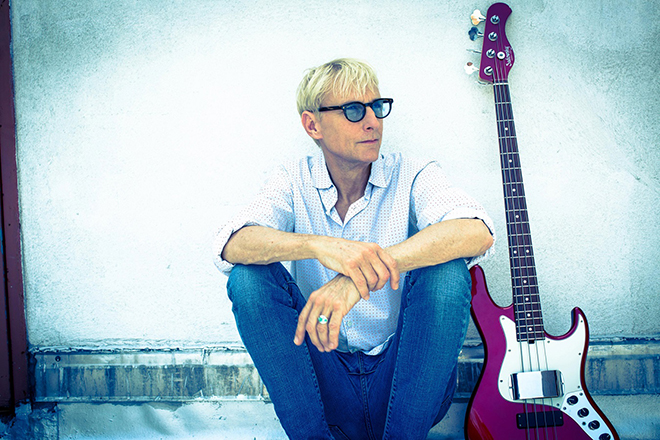
Will Lee – Photo Credit Sandrine Lee
Where can your new fans stay updated?
The best is to follow my social media:
Twitter: @willbassboy
Instagram: @unclewilllee
Facebook: @officialwilllee
The Fab Faux holds no copyrights/ownership to the music performed.
“For live music fans, audiophile fanatics, music history students and everyday music consumers, The Fab Faux is on our Top 10 List of Must-See Live Events.”
– Merlin David, M Music & Musicians magazine / Mmusicmag.com
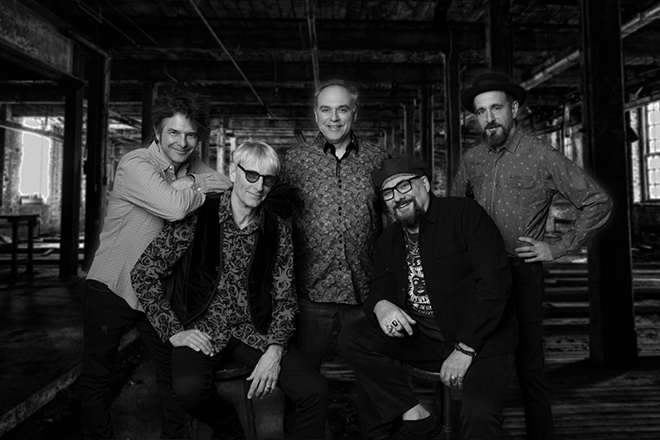



comment closed